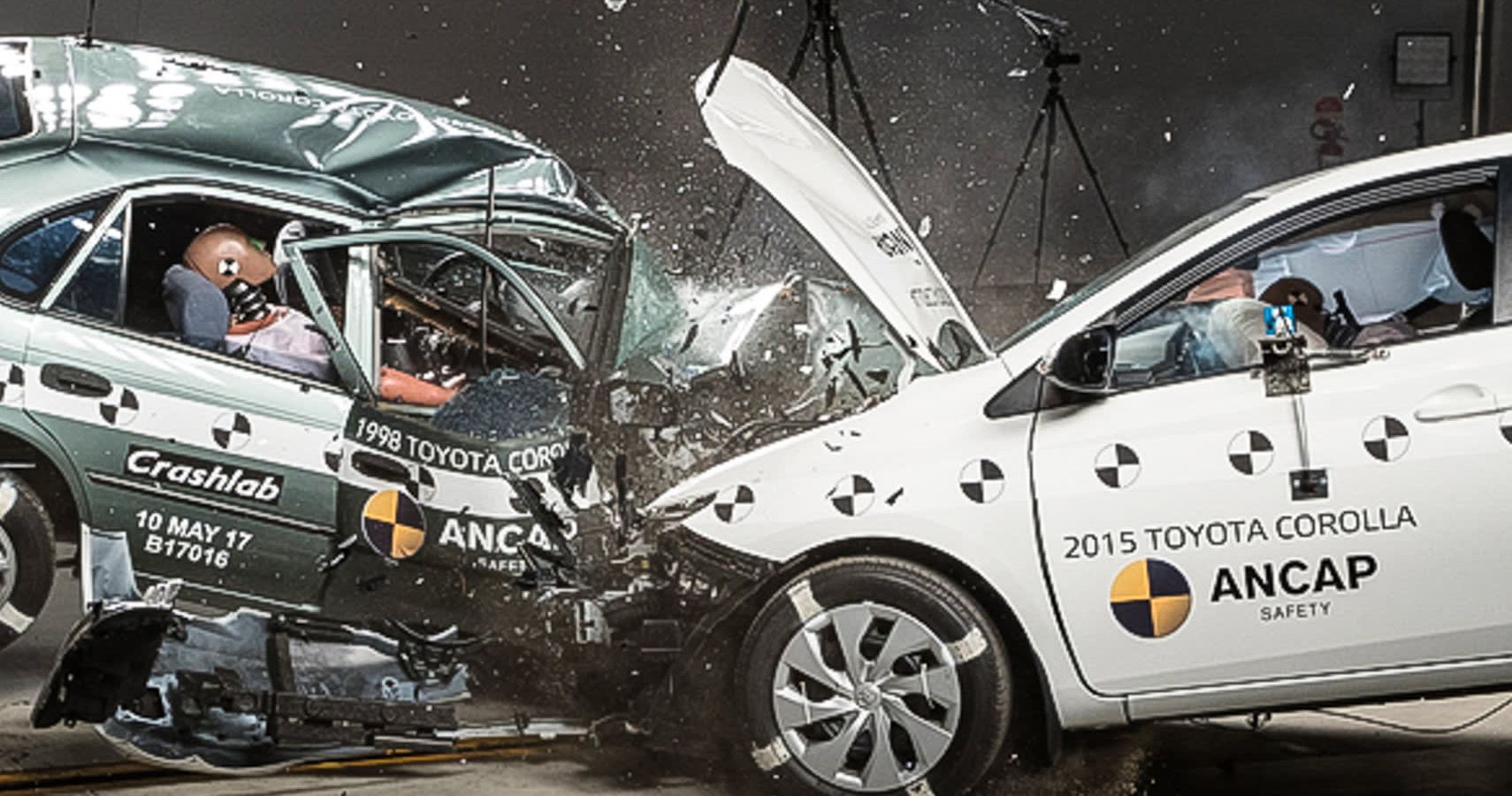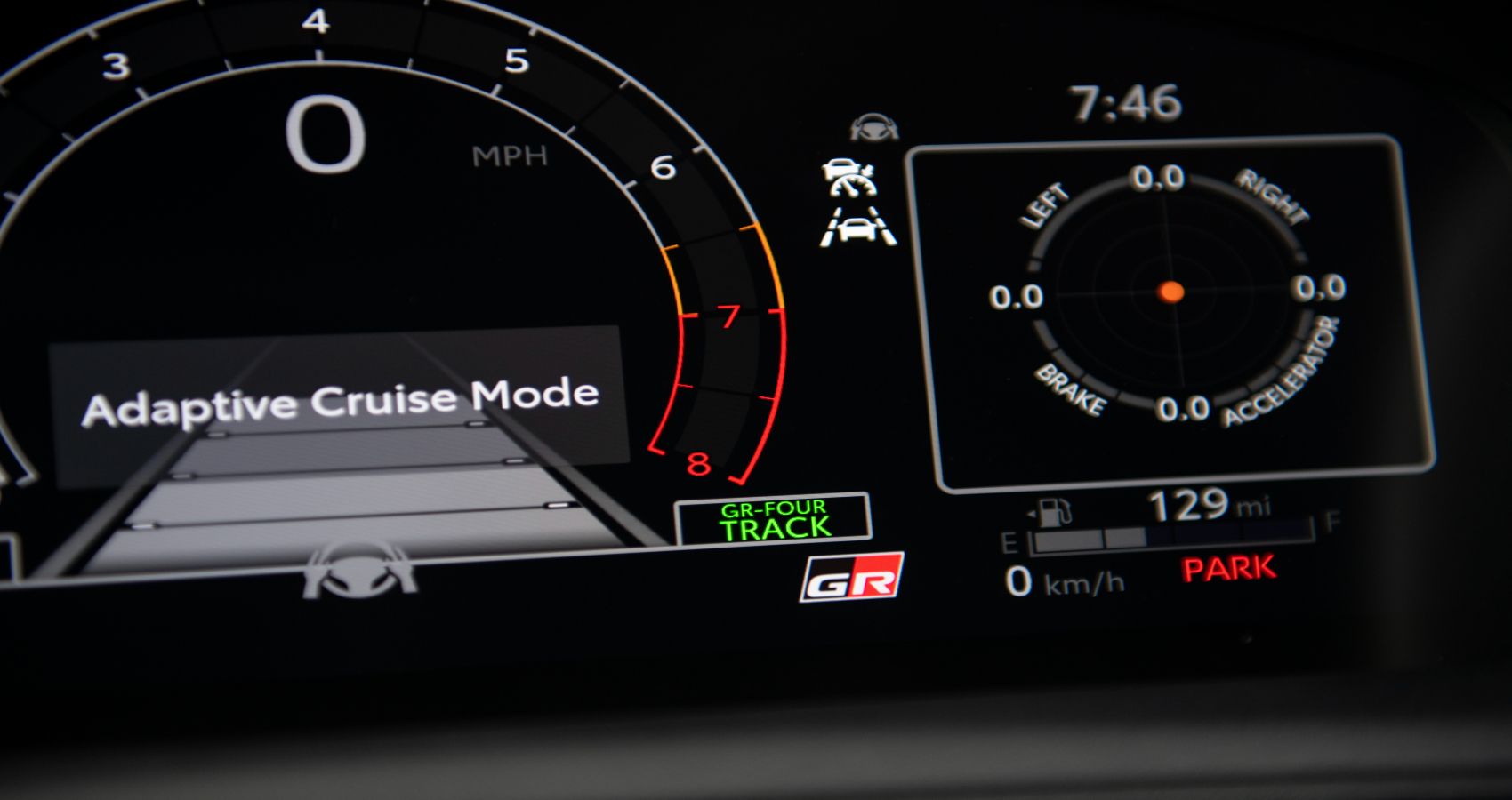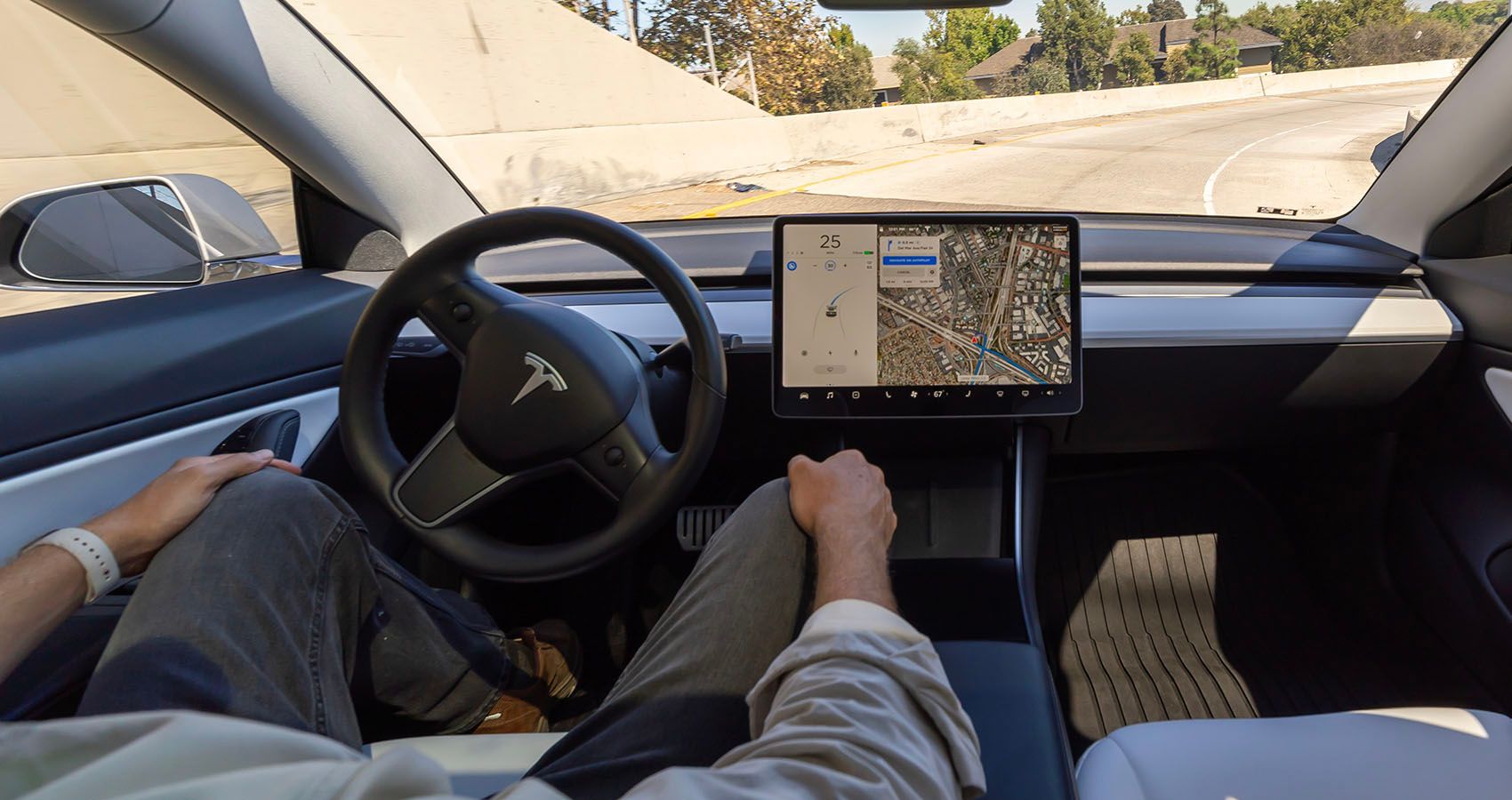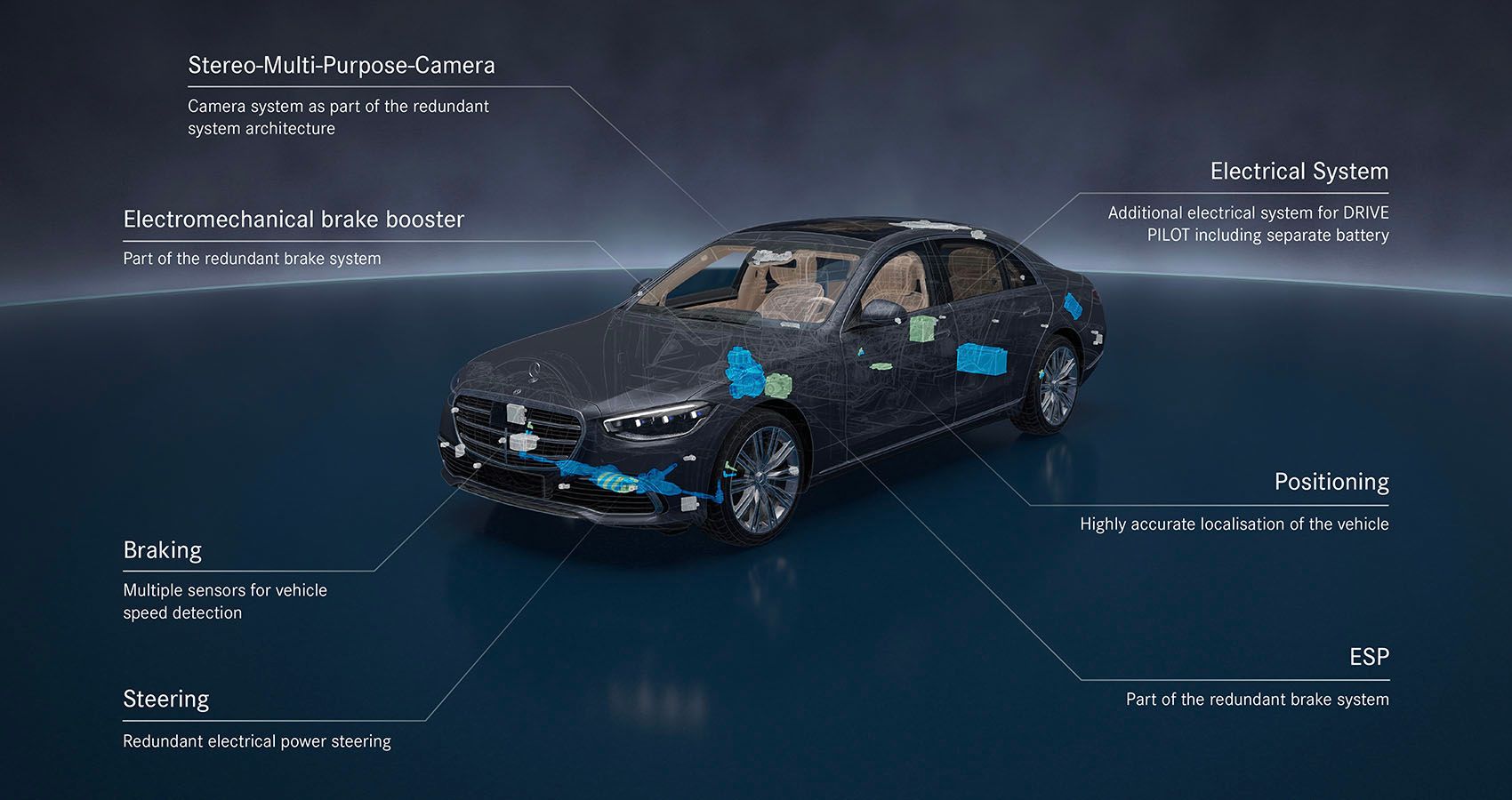The early days of the automotive world saw the safety of passengers being overlooked by features such as speed and looks. The non-existence of laws and regulations surrounding the safety of vehicles meant that car-makers could prioritize other aspects, like speed and aesthetics, at the expense of vital safety measures, which resulted in high casualties. In fact, according to the NHTSA, the year 1957 amounted to a total of 36,932 on-road fatalities in the US.
The growing concern alerted regulatory bodies and manufacturers to work for the betterment of car safety standards. Soon the dark days of car safety features were over with the introduction of features such as airbags, crumple zones, seat belts, crumple zones, and Traction Control Systems (TCS). According to NHTSA, 2020 saw a total of 38,824 on-road fatalities, which is a promising figure considering the growing number of vehicles on the road per year.
Safe to say, the safety features have evolved ever since to the point where modern cars come loaded with fancy tech and sensors that help keep you out of harm's way.
The Evolution Of Car Safety Features From Seat-Belts To Self-Driving Autonomy
In 1959, Volvo became the first company to embrace seat belts as a standard safety feature for its PV544 model. Soon, other manufacturers, including Saab and Ford, pursued such an idea.
In the 1950s, crumple zones were also normalized in cars, which helped absorb and dissipate the energy during a collision and reduce the risk of injuries. Shortly afterward in 1952, Airbags became the next revolutionary car safety feature that would go on to save 50,000+ lives and counting. Each year, the number of airbags (per vehicle) kept increasing, expanding from the driver and passenger side to including airbags for the sides and knees. Airbags and crumple zones work in perfect harmony in shielding drivers from the forces of a collision and preventing injuries.
Later on, the 1966 Jensen FF became the first-ever vehicle to feature Anti-Lock Braking System (ABS), which allowed drivers better control under braking.
In 1995, Mercedes-Benz became the pioneer of the Electronic Stability Control (ESC) for their high-tech S-Class. By regulating the car's speed and brakes, the onboard computer (ESC) could prevent the car from losing control and crashing. So did the TCS, which allowed for greater vehicle control over slippery roads.
That said, by placing sensors and cameras throughout the car, manufacturers harnessed the use of onboard computers even further. For instance, the lane departure system and lane assist features use various sensors and cameras to prevent the car from veering off its lane. Similarly, other sensors including parking sensors, fatigue detection, autonomous braking, and Rear Cross Traffic Alert (RCTA) ensure an extra set of eyes for the driver on the road at all times.
The Current State Of Car Safety Features And Their Practicality
Advancements in technology have blessed the automotive world with features like Advanced Driver Assistance Systems (ADAS), which use various cameras and sensors to keep a watchful eye on the vehicle's surroundings. It includes features like radar-guided cruise control and uses onboard tech to adjust the car's speed and brakes to keep a safe distance from the car in front. A more advanced application of the ADAS takes it a further step by regulating the car's steering itself and allowing you a hands-free driving experience under certain conditions; hence, being called the semi-autonomous driving mode.
The Society of Automotive Engineers (SAE) defines autonomous driving in 5 levels. The first level (driver assistance) calls for basic driver assistance features like adaptive cruise control and lane-keeping assistance. Meanwhile, the second level (partial automation) allows the vehicle to control the gas, brake, and steering, simultaneously and includes features such as park and lane-keeping assist.
The third level (conditional automation) requires self-driving vehicles with drivers ready to take over in case the systems fail. Likewise, the fourth level (high automation) enables self-driving features without the driver's intervention but still requires the driver to be able to take over when necessary. Whereas the last level (full automation) allows the vehicle a fully autonomous operation without requiring any of the driver's input.
Crash Testing And Government Regulations Have Saved 80,000+ Lives
To ensure car-makers met safety standards and to preserve the people's well-being, certain independent agencies were established, such as the NHTSA, IIHS, Euro NCAP, ANCAP, Latin NCAP, Global NCAP, and more. The agencies test the vehicle's performance through certain safety standards and by simulating likely scenarios crash tests.
Based on their safety tests, the cars are then assigned safety ratings. This helps drivers choose cars that prioritize safety. Consequently, more than 78,000 lives have been saved through the rigorous crash safety tests conducted by Euro NCAP ever since its launch.
Governments have also enacted certain regulations that must be followed by the automotive industry to ensure driver safety. For instance, by law, all car-makers must be fitting child restraint anchorage systems, seat belts, airbags, and rearview cameras, in all their vehicles to ensure driver and passenger safety.
Tesla's Recalled 350,000+ Vehicles After Multiple Self-Driving Accidents
In June 2022, Tesla recalled more than 350,000 Tesla cars including Models 3, S, X, and Y. The recall was prompted by glitches discovered in their Full-Self Driving (FSD) beta, resulting in multiple car accidents. The incident, along with previous recalls, raises concerns about the safety surrounding cars that use self-driving technology, not just Tesla.
Since 2021, self-driving technology has been the cause of nearly 400 car crashes due to reasons such as software bugs, distracted driving, and sensor limitations. Additionally, the lack of integration and standardization among car-makers using unique sensor technologies further highlights the problems faced by autonomous cars. So, what was intended to enhance your safety could potentially jeopardize it.
Resultantly, drivers anticipating autonomous vehicles often express reliability concerns in fear of certain cybersecurity, software, and equipment cost issues associated with self-driving cars.
The Future Of Car Safety Features Is Here With Autonomous Cars
The cars you see on the road today are miles apart in terms of safety compared to those that existed 20–30 years back. The development of technologies like the ADAS suggests a shift towards driverless cars and increased reliance on AI, which holds the key to the future of car safety features and cars in general.
Thanks to AI, future trends in car safety features can be made a reality. For instance, BMW is working to develop an augmented-reality windshield display to provide drivers with essential information.
Also, the growing emphasis on other technologies like V2V, V2I, and V2X can help make roads even safer by allowing the exchange of information between vehicles and their surrounding environment such as traffic lights, infrastructure, and even cars. Such a seamless interconnectedness can potentially revolutionize the way we drive and make our roads even safer.





